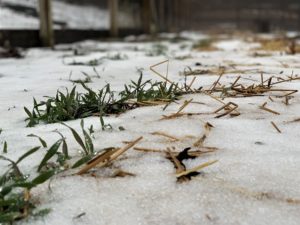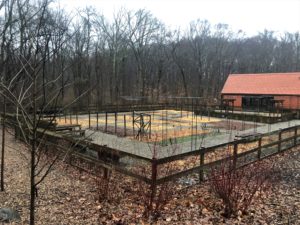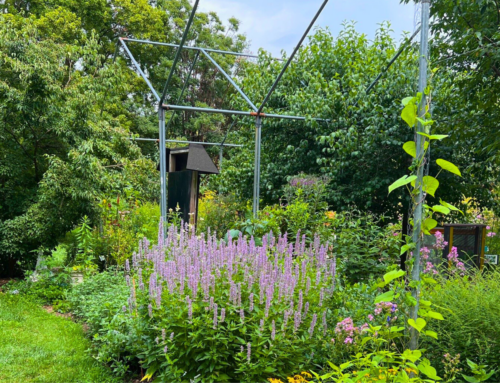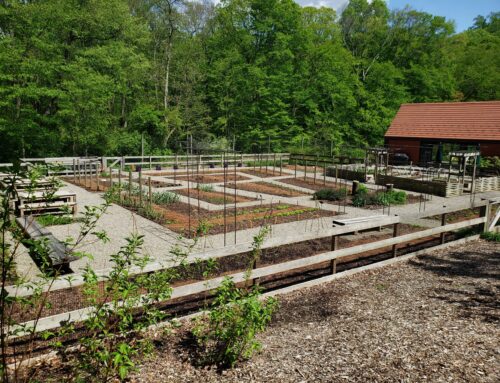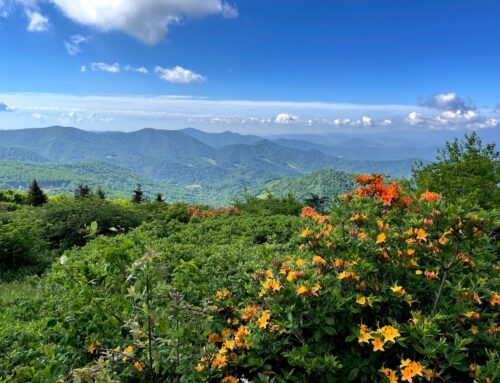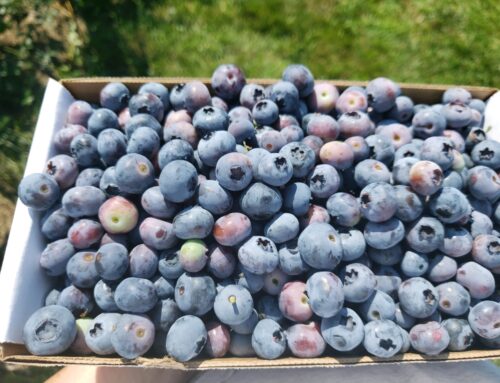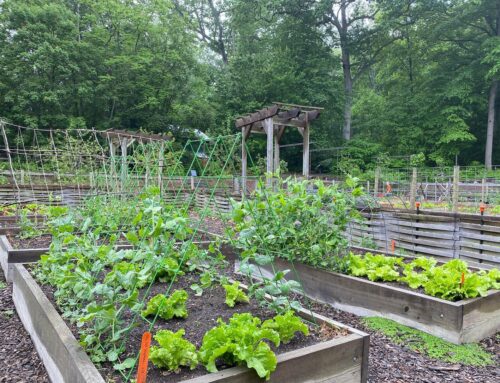The winter months do not mean our gardens need to be fallow. Instead, we can winter over our garden. What comes to mind when you hear the words “winter over”? Do you immediately hope that winter will be over soon, or do you associate those two words with making a plan to nourish your garden and create beauty, even during the coldest months of the year?
To help spur our imaginations and demonstrate what is possible during the cold months, Lucille’s Garden has made and implemented a winter gardening plan. Below you will find the details about the winter garden. Seeing is believing, so I encourage you to stop by Lucille’s Garden and see the winter garden up-close.
Our winter garden need not be bare. In Lucille’s Garden we’re relying on a few different ‘cover crops.’ A cover crop is a crop you sow to grow to stabilize and protect the soil.
For instance, if you plant winter rye, you will have a green garden which you can leave until spring, at which time you can cut it back before it goes to seed in May. By turning over this cover crop, you will add valuable nutrients to your soil. This green mulch is being used at Tyler to add volume to areas of the soil that are sunken down due to a large amount of water runoff.
Buckwheat is a speedy short-season cover crop. It is established, blooms, and is ready for incorporation in 35-40 days, and its residue breaks down quickly. Flowering may start within three weeks of planting and continue for up to 10 weeks. Buckwheat suppresses weeds and attracts beneficial insects (hover flies, predatory wasps, minute pirate bugs, insidious flower bugs, tachinid flies and lady beetles that attack aphids, mites, and other pests) and pollinators with its abundant blossoms. Buckwheat thrives in cool, moist conditions, and it does not do well in soil with high levels of limestone. Extreme afternoon heat will cause wilting, but plants bounce back overnight. With its three-inch leaves, a dense canopy is formed, which shades and protects the soil. Buckwheat solubilizes and takes up phosphorus that is otherwise unavailable to crops, then releases these nutrients into the soil. Buckwheat’s abundant, fine roots leave topsoil loose, making it an excellent midsummer soil conditioner preceding fall crops in temperate areas.
Very few nitrogen-fixing cover crops are as breathtaking as crimson clover. Their bright, crimson red conical blooms atop tall, fleecy stems might cause you to think they were planted for purely aesthetic reasons. Crimson clover has been used as a cover crop in the United States since the mid-1880s. It is the most common legume cover crop and forage plant for livestock in the U.S. It has also become an important nectar source for honeybees and other pollinators. Because of its attractiveness to pollinators and nitrogen-fixing ability, Crimson clover is an excellent companion plant for fruit and nut trees, corn, and blueberries. Crimson clover cannot tolerate heavy clay or waterlogged soil.
Hairy vetch will bring nitrogen to your soil, improve soil tilth, and provide weed control during vigorous growth in the spring. In addition, research has shown that Hairy vetch mulch can increase main crop disease resistance and prolong leaf photosynthesis for the crop that follows. Hairy vetch should be planted in late summer/early fall, before the middle of September. It does best in well-drained soil and in soil with a pH of 6.0-7.0. Where the seeds are produced is as important as the variety. Locally grown seeds will grow better than seeds obtained from further north or south, and zones far away from Zone 7. Little management is required once Hairy vetch is established. Fertilizer is not needed and detrimental, as it stimulates grasses that create competition. Hairy vetch should be turned into the soil after May 1 in southeastern Pennsylvania.
Also, in Lucille’s Garden, ten varieties of garlic were planted in late October and early November and will be ready to be harvested in July. Why plant your own garlic when you can buy it at the store? Well, most of us can only get one type of garlic in the store, grown in California. So, whether you want to eat locally grown food for the sake of the environment and as part of your commitment due to climate change, or you simply want to have other types of garlic, think about planting some in your garden. I look with great excitement toward the summer, when I will get a chance to taste and savor the three varieties of garlic I planted in my garden this fall. You can learn more about the varieties – and benefits – of growing garlic in our blog article “Spice up Your Life: Plant, Harvest, and Eat Garlic.”
Lastly, let me say a few words about mulching. This winter in Lucille’s Garden, Maggie Costello, along with a steady crew of volunteers, laid out several mulch types in an aesthetically pleasing patchwork. The mulch used is yellow straw, pine straw/needles, and leaf mold (some chopped, and others whole gleaned from leaf sources around the property). The demonstration element of the garden will allow you to see what might look and work best in your garden.
When it comes to winter gardening, I leave you with this quote from Rumi, “Don’t think the garden loses its ecstasy in winter. It’s quiet, but the roots are down there riotous.” So, with that in mind, let us stay hopeful, even through the dark and cold of winter, because every gardener knows deep down in their heart that under the cloak of winter lies a miracle.


